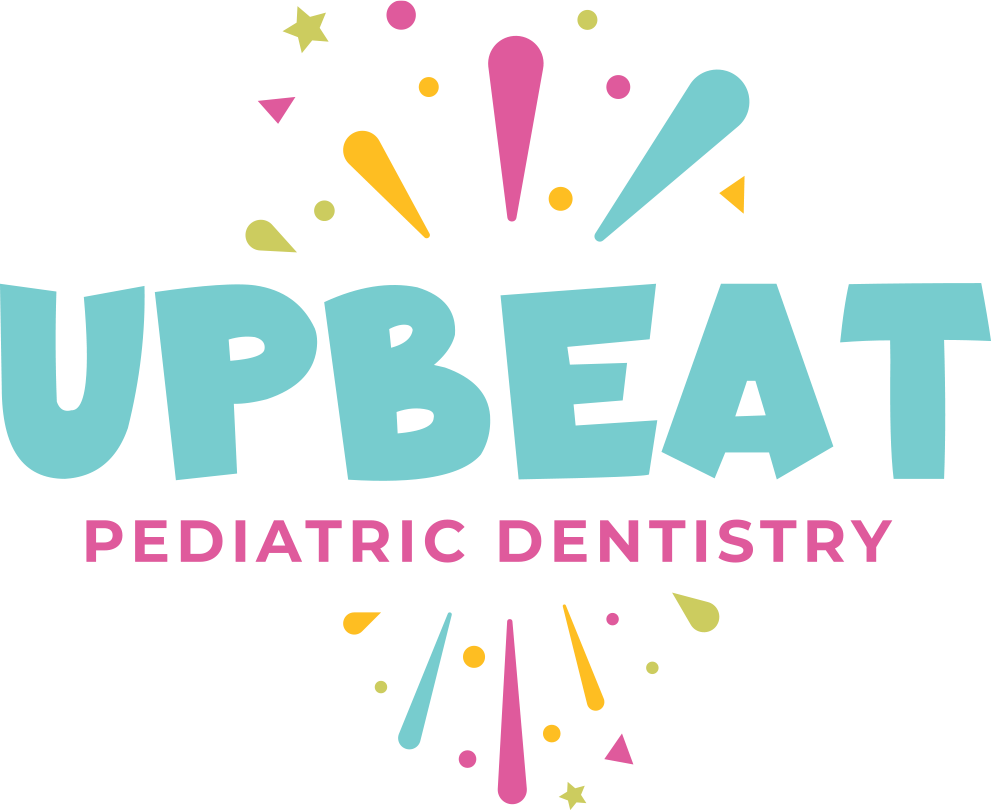Dental caries, commonly known as tooth decay or cavities, is a prevalent issue that affects individuals of all ages. It is a progressive condition that, if left untreated, can lead to severe dental and overall health problems.
Understanding the stages of dental caries evolution is essential for prevention and timely intervention.
In this blog post, we will explore the stages of dental caries and the consequences of neglecting treatment.
The Stages of Dental Caries Evolution
1. Enamel Caries Lesion
What Happens:
Dental caries begins with a bacterial demineralization process that compromises the enamel, the hard, protective outer layer of the teeth. This stage is often characterized by white spots or chalky areas on the tooth surface, indicating the loss of minerals.
Consequences of Neglect:
In this initial phase, there are typically no noticeable symptoms, making it easy to overlook. However, it is crucial to intervene early. Without treatment, the enamel caries lesion can progress deeper into the tooth structure, leading to more extensive damage.
2. Lesion Reaching the Dentin
What Happens:
As the caries progresses, it penetrates the enamel and reaches the dentin, the softer, innermost layer of the tooth. This stage is often accompanied by dental sensitivity, particularly when consuming hot, cold, or sweet foods and beverages.
Consequences of Neglect:
When the caries reaches the dentin, the risk of significant tooth damage increases. The bacteria can spread more rapidly, and the decay can progress toward the dental pulp. At this stage, dental treatment becomes essential to prevent further complications and to restore the tooth’s integrity.
3. Lesion Reaching the Pulp: Pulpitis
What Happens:
If the dental caries is not treated while in the dentin, it can eventually reach the dental pulp, which contains the tooth’s nerves and blood vessels. This stage is known as pulpitis, a painful inflammation of the dental pulp.
Consequences of Neglect:
Pulpitis is a severe condition that causes intense pain and discomfort. If left untreated, the inflammation can lead to the death of the dental pulp, a condition known as pulp necrosis. At this point, the tooth may require more invasive treatments, such as a root canal, to remove the infected tissue and save the tooth.
4. Pulp Necrosis and Periapical Lesion
What Happens:
Pulp necrosis represents the irreversible stage of dental caries, characterized by the permanent damage and death of the dental pulp. The infection can spread beyond the tooth, leading to the formation of periapical lesions, which are infections at the root tip.
Consequences of Neglect:
At this stage, the infection can cause severe pain, swelling, and the formation of abscesses. If the infection spreads to the surrounding bone and tissues, it can lead to more serious health complications, including systemic infections. Treatment options become more complex and may include tooth extraction or advanced surgical procedures.
The Importance of Early Detection and Timely Treatment
Understanding the progression of dental caries highlights the critical importance of early detection and timely treatment. By addressing dental caries in its initial stages, we can preserve the dental structure and prevent severe complications.
Here are some key points to consider:
Regular Dental Check-Ups: Schedule routine dental check-ups for your child to ensure early detection of any dental issues. Pediatric dentists are skilled at identifying early signs of dental caries and can provide preventive treatments.
Good Oral Hygiene: Encourage your child to maintain good oral hygiene practices, including regular brushing with fluoride toothpaste, flossing, and a balanced diet. These habits can significantly reduce the risk of dental caries.
Fluoride Treatments: Professional fluoride treatments can help strengthen enamel and make it more resistant to decay. Discuss with your pediatric dentist about the benefits of fluoride treatments for your child.
Dental Sealants: Dental sealants are protective coatings applied to the chewing surfaces of the back teeth. They can effectively prevent food particles and bacteria from getting trapped in the grooves, reducing the risk of caries.
Conclusion
Dental caries is a progressive condition that can lead to severe dental and overall health issues if left untreated.
By understanding the stages of dental caries evolution and the importance of early detection and timely treatment, you can help preserve your child’s oral health.
At Upbeat Pediatric Dentistry, we are committed to providing comprehensive dental care to ensure your child’s bright and healthy smile.
Schedule a check-up with us today and take the first step towards preventing dental caries and maintaining excellent oral health for your child.





